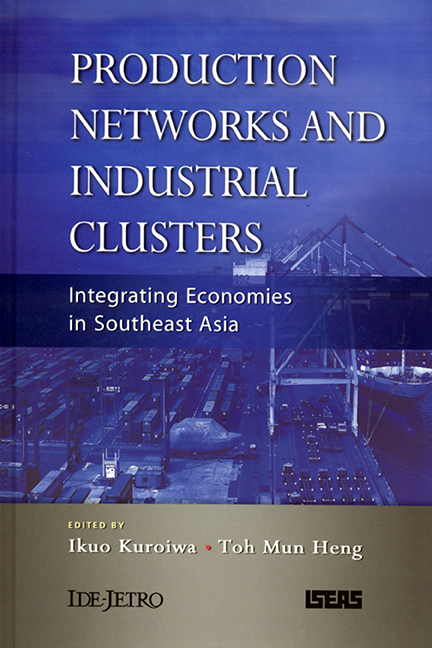1 - Introduction
Published online by Cambridge University Press: 21 October 2015
Summary
OVERVIEW OF GLOBAL AND REGIONAL TRENDS
Globalization
Over the past few decades, the world economy has undergone many changes. Central to these changes is the globalization of the world economy. Globalization refers to the increasing integration of economies around the world, particularly through trade and financial flows (International Monetary Fund 2001). The globalization of the world economy allows economies to focus on what they do best and enables them to have easier reach to markets around the world, increasing their access to more capital flows, technology, cheaper imports, and larger export markets.
There are two main driving forces behind the globalization of the world economy. The first is the advancement in technology especially in the area of information and communication technology (ICT). Technological advances have made communication much cheaper and faster, resulting in enormous decrease in the transaction costs of transferring ideas and information. The arrival of the Internet has further accelerated this trend by providing a common platform upon which countries from all corners on the Earth are able to communicate and share information. Technological advances have also significantly lowered the costs of transportation and hence, that of logistics. With the lowering of both communication and transportation costs, firms which had previously focused on a local market, have now extended their range in terms of markets and production facilities to increase their profits. All these enable firms to operate in global markets and hence, providing them with access to more capital flows, technology, cheaper imports, and larger export markets.
The second driving force behind the globalization of world economy has been trade liberalization. This took part in many forms:
Reduction of tariffs and non-tariff barriers. Trade barriers have declined substantially as a result of successive trade negotiation rounds under the auspices of the General Agreement on Tariffs and Trade/World Trade Organization (GATT/WTO), unilateral trade liberalization and regional trade agreements. Since the early 1960s, the average worldwide most favoured nation tariffs on manufactured products have declined by 11 percentage points (World Trade Organization 2005). On the other hand, total world trade (exports plus imports) as a percentage of global GDP had increased from 24.3 per cent in 1960 to over 55 per cent in 2005 (World Bank 2007).
- Type
- Chapter
- Information
- Production Networks and Industrial ClustersIntegrating Economies in Southeast Asia, pp. 1 - 30Publisher: ISEAS–Yusof Ishak InstitutePrint publication year: 2008

